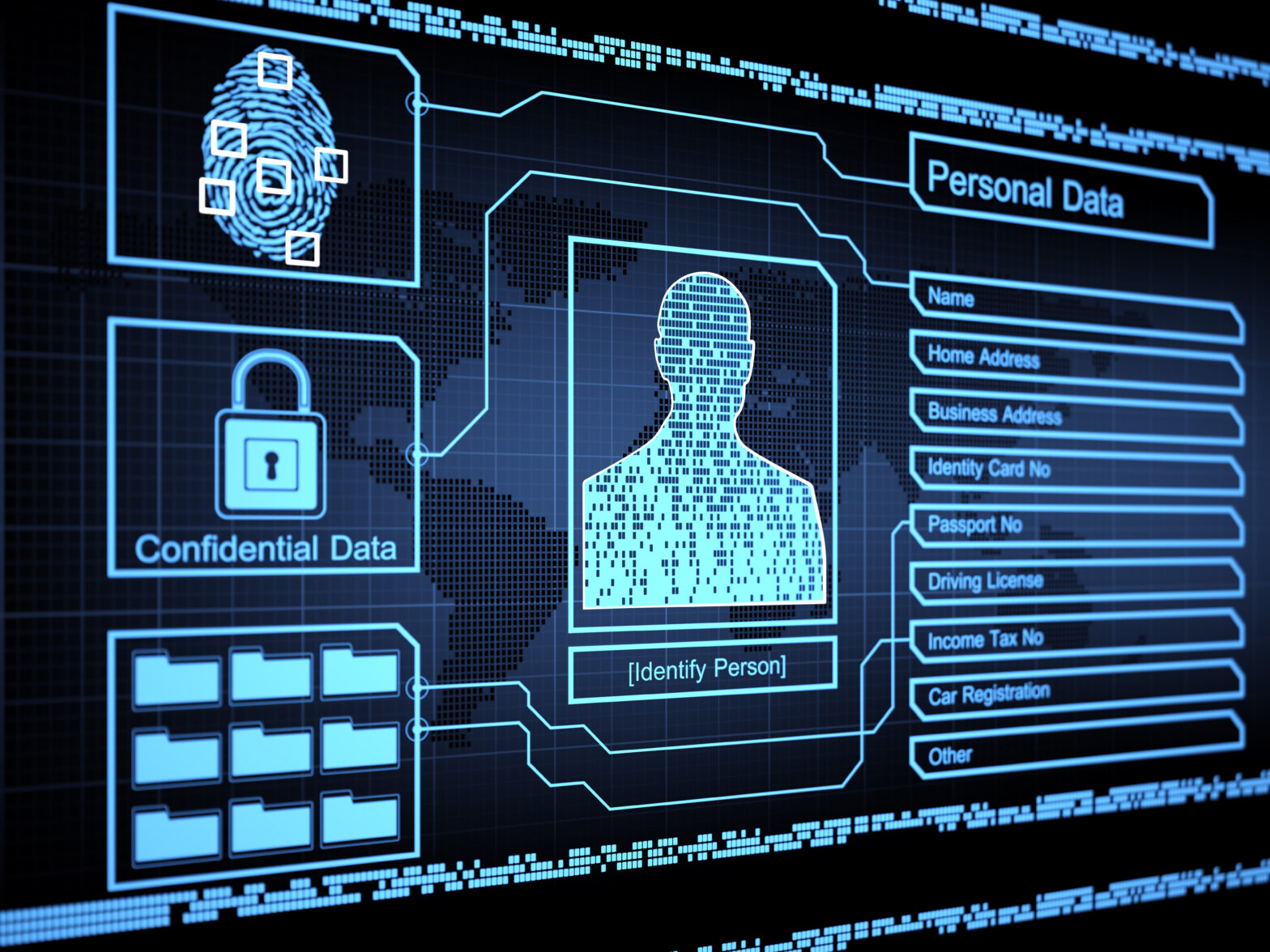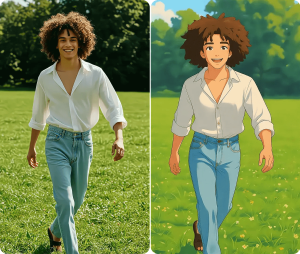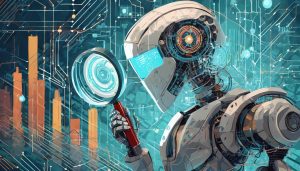Are you exploring the possibilities of using AI to create fake images of people? Dive into the technology behind AI-generated faces and understand the implications, with tools like Doll-E Generator offering powerful solutions.
How AI Creates Fake Images of People
AI’s ability to create images of people that don’t exist is made possible through advanced machine learning algorithms, particularly Generative Adversarial Networks (GANs). GANs use two neural networks to generate images by learning from a vast dataset of real-world images. Here’s a breakdown of how AI creates fake images of people:
Training on Real Data
AI models, such as GANs, are trained on vast datasets containing millions of images of real people. The model learns facial features, expressions, skin tones, and even unique characteristics.
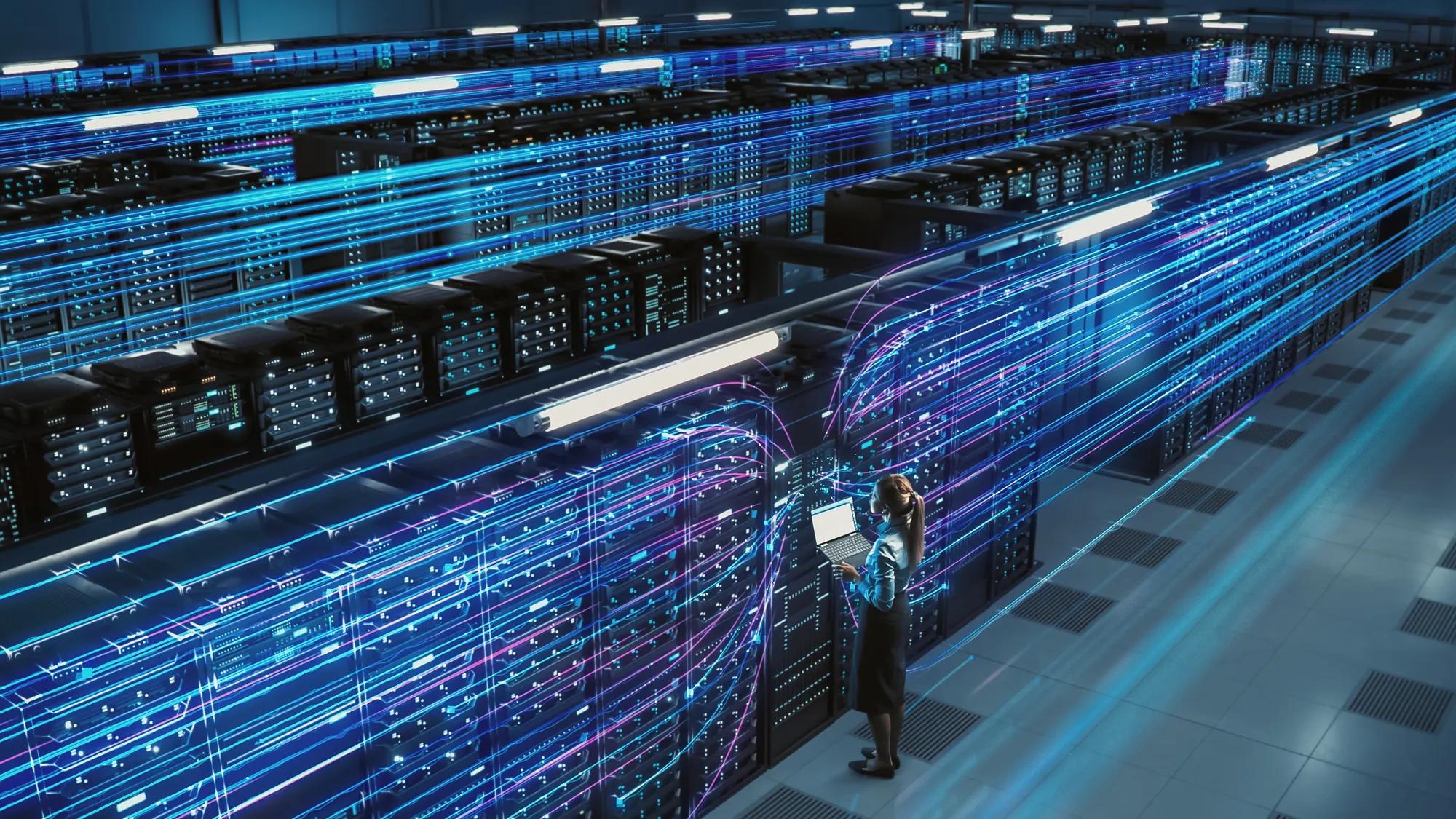
Generating New Faces
Once trained, the AI can create completely new faces by combining various features learned during training. These faces can look highly realistic, with the Ai That Creates Images sometimes even generating fake images of people with distinct features, including age, ethnicity, and gender.
Related articles:
- Ai Image Generator To Create A Webtoon Story
- Ai Write A Childrens Book With Ai Pictures
- Can You Use Ai Generated Images For Public Media
Refining the Image
AI systems such as Dall E Ai Generator refine the image by improving details such as lighting, texture, and depth. The result is a face that appears almost real, yet the person it depicts never existed.
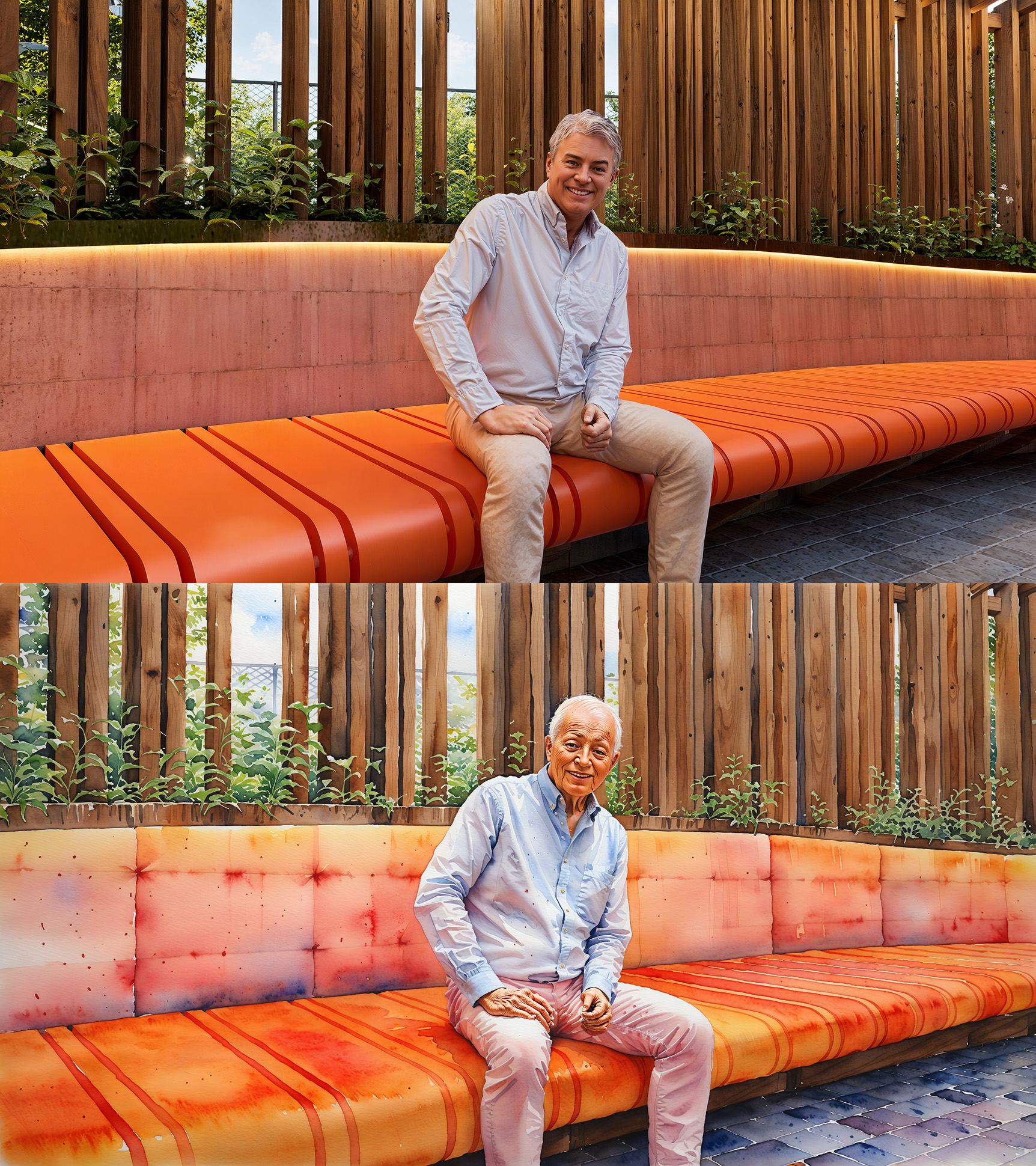
Improving Accuracy with Time
As AI models improve, their ability to generate more accurate and lifelike images continues to evolve. With constant training and fine-tuning, AI systems can now generate faces that are incredibly convincing and realistic.
You may also like:
- Ai Image Prompt Generator
- Which Ai Image Generation Keeps Characters
- Ai Image Generator From Image Change Lighting
Applications of Fake Images Created by AI
The technology to generate fake images of people has a wide range of applications. Some of the most common uses include:
Entertainment and Media
AI-generated faces are frequently used in the entertainment industry, including video games, movies, and TV shows. Virtual characters, avatars, and extras are often created using AI to reduce costs and enhance visual storytelling.

Marketing and Advertising
In advertising, AI can generate images of models for campaigns without the need for expensive photo shoots. It allows brands to create custom visuals that resonate with specific target audiences, providing tailored and unique content.
Other recommended reads:
- How To Create Ai Images In Hubspot
- Image Into Motion Video Ai
- Sketch To Image Ai
- Local AI Image Generator
Fashion and Design
The fashion industry has benefited from AI’s ability to generate images of people wearing different outfits. This helps designers visualize how clothing will look on models without needing to conduct multiple photo shoots.
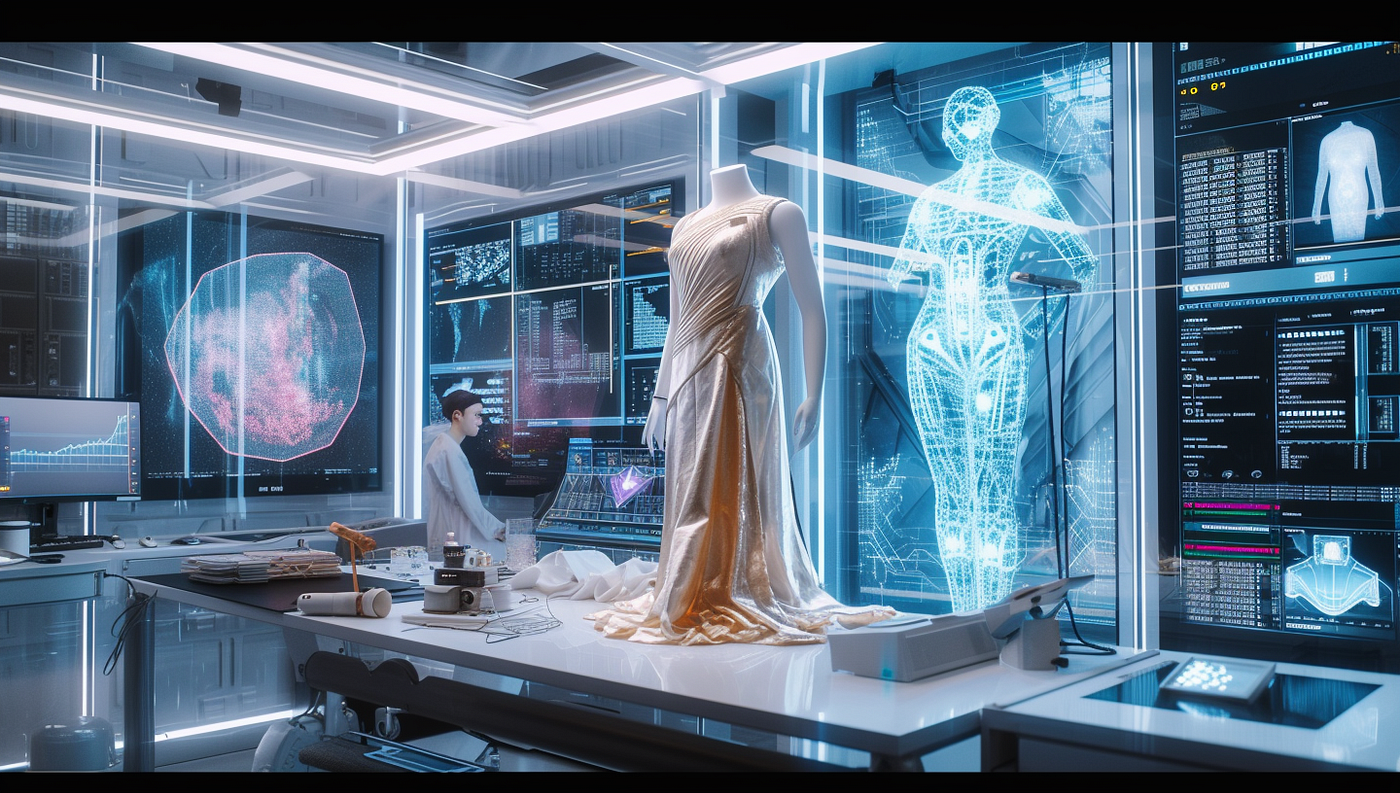
Art and Creative Projects
Artists and digital creators have used AI to generate new and innovative designs, sometimes incorporating fake images of people into their work. AI allows for limitless creativity, enabling artists to experiment with unique visual concepts.
Social Media and Personal Use
Many social media users have used AI to create avatars, profile pictures, or fake identities for fun or anonymity. While this can be harmless, it also raises concerns regarding privacy and misinformation.
Ethical Concerns About AI-Generated Fake Images
The ability to create highly realistic fake images of people using AI brings about a number of ethical concerns, including:
Deepfakes and Misinformation
One of the biggest ethical issues surrounding AI-generated images is the potential for misuse. Deepfake technology, which uses AI to create fake images or videos, can lead to misinformation campaigns. Malicious individuals could create fake images of people to deceive or harm others.
Privacy and Consent
Another concern is the violation of privacy. AI can generate fake images of people based on existing photographs without the person’s consent. This could potentially lead to identity theft or impersonation.
Discrimination and Bias
AI-generated images can also perpetuate biases present in training data. If AI systems are trained on biased datasets, they may inadvertently generate faces that reflect certain stereotypes or exclude underrepresented groups.
Unintended Impact on Employment
As AI technology becomes more sophisticated, there are concerns about job displacement. In industries such as photography, modeling, and advertising, AI-generated images may replace the need for human models and photographers.
Manipulation in Media
The manipulation of images using AI can also influence public opinion. The ability to generate fake images of celebrities, politicians, or public figures could undermine trust in media outlets and journalism.
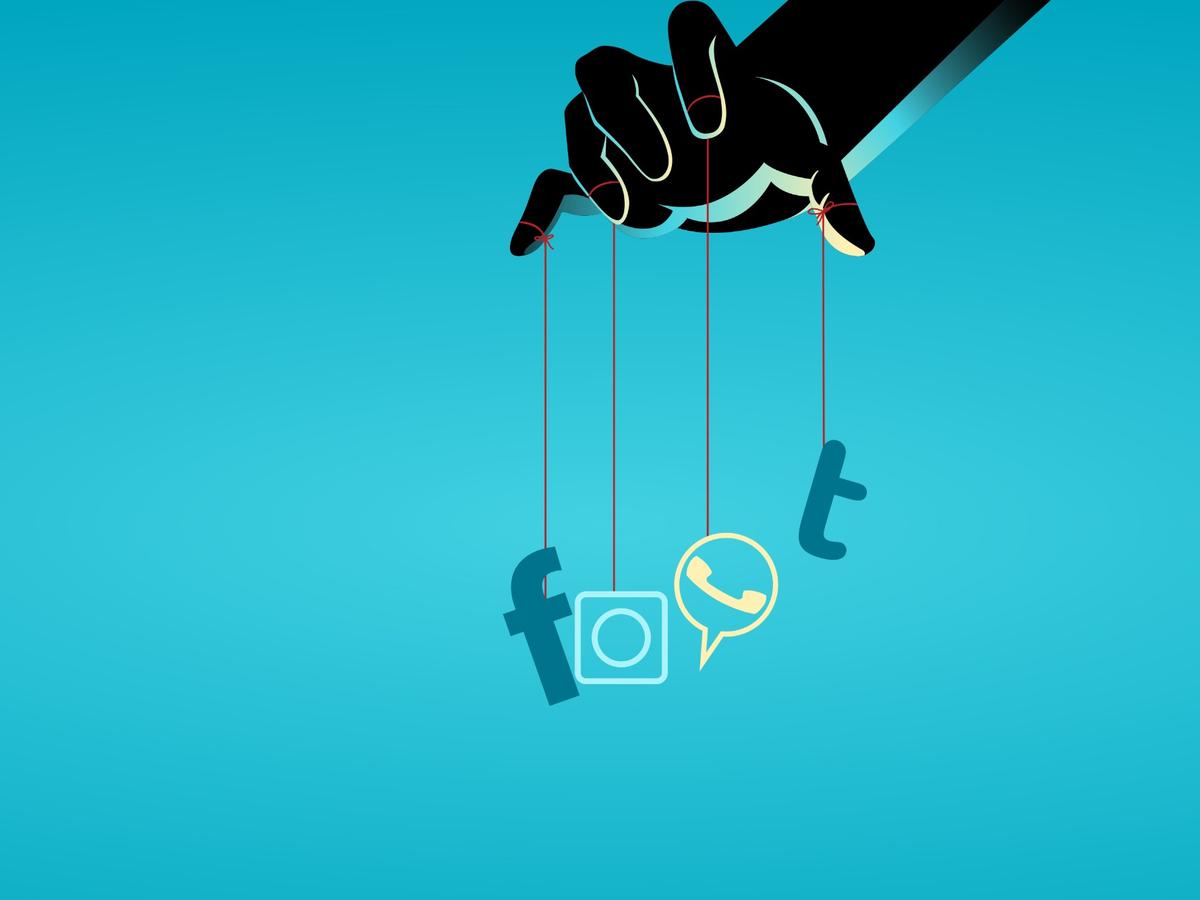
Ensuring Ethical Use of AI in Image Creation
As with any powerful technology, ethical considerations must be at the forefront of discussions about AI-generated images. To ensure that AI is used responsibly, several measures can be taken:
Transparency
AI platforms like Dall-E Generator should disclose when an image is AI-generated, making it clear to users that the person depicted in the image doesn’t actually exist. Transparency helps mitigate the risks of deception.
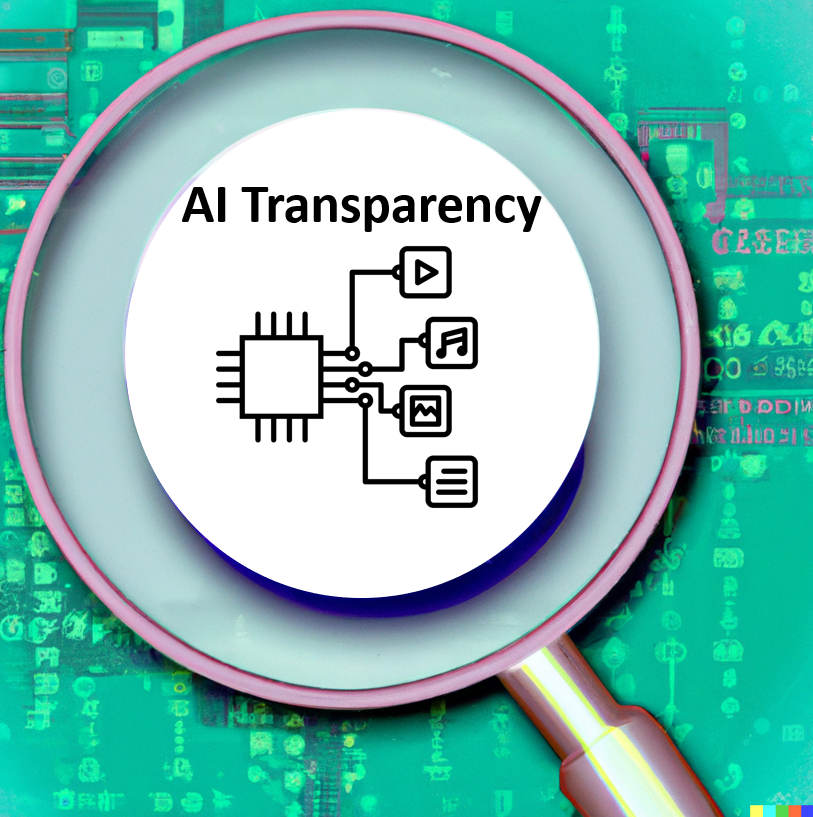
Consent
Users should be mindful of obtaining consent before generating images of people. Ethical guidelines should be established to ensure that AI is not used to violate someone’s privacy or impersonate them.
Addressing Bias
AI models must be trained on diverse, representative datasets to avoid perpetuating biases. This ensures that AI-generated images are inclusive and do not marginalize any particular group.
Legal and Regulatory Measures
Governments and regulatory bodies need to establish laws and guidelines for the ethical use of AI, especially in fields like advertising, entertainment, and social media.
Why Dall-E Generator Is a Leader in AI Image Creation
For those interested in using AI to create fake images of people, Dall-E Generator is one of the most advanced and accessible tools available. Here’s why it stands out:
High-Quality Image Generation
Dall-E Generator uses state-of-the-art machine learning algorithms to generate highly realistic images that look almost indistinguishable from real photographs.
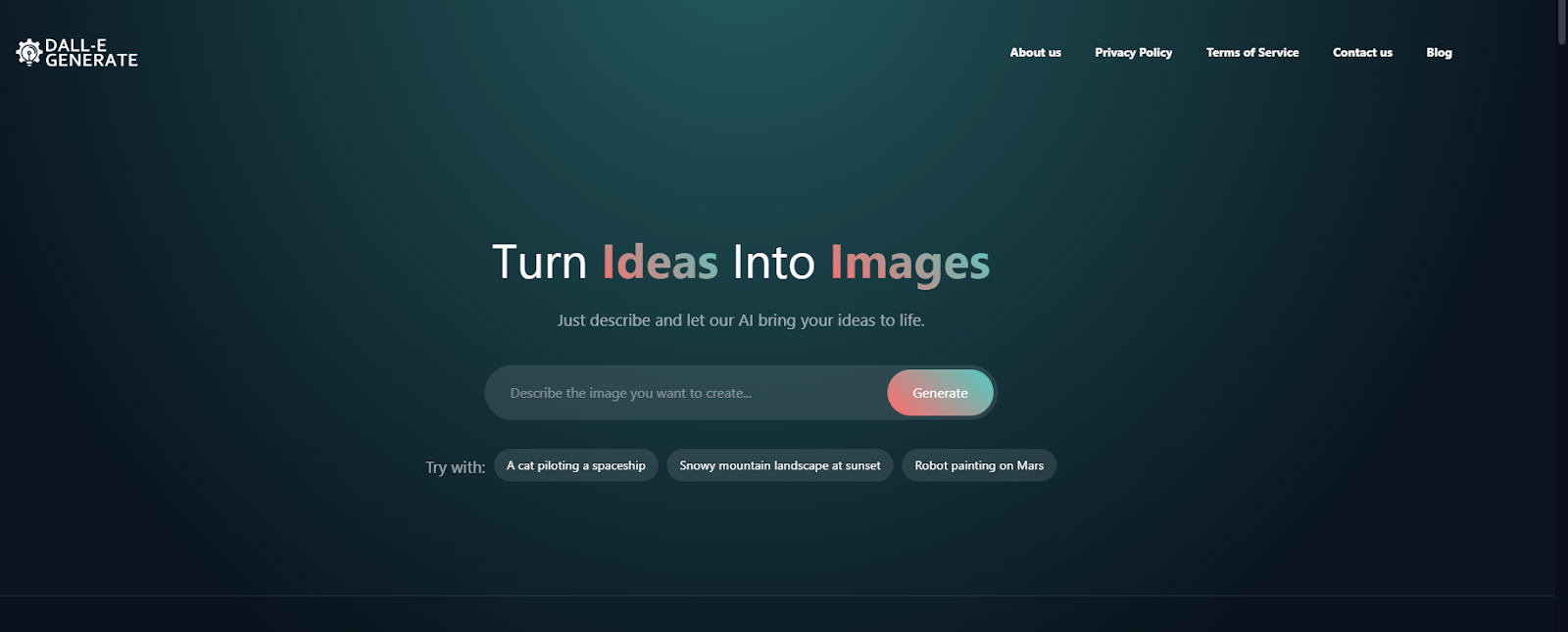
User-Friendly Interface
The platform offers an easy-to-use interface that allows users to create AI-generated images with just a few clicks. No technical expertise is required.
Ethical Guidelines
Dall-E Generator follows ethical guidelines and promotes transparency, ensuring that AI-generated images are used responsibly.
Continuous Improvement
The platform is continuously updated with new features and improvements to ensure the best image generation experience. As AI technology evolves, so does Dall-E Generator.
Safe and Secure
Dall-E Generator prioritizes user privacy and ensures that all generated images are secure and confidential.
Conclusion
While using AI to create fake images of people opens up numerous possibilities for creativity and innovation, it is essential to approach this technology with responsibility and caution. As with any powerful tool, it can be used for both positive and negative purposes.
By understanding the technology, acknowledging the ethical concerns, and using AI tools like Dall-E Generator responsibly, we can unlock AI’s full potential in creating realistic and engaging images. Always consider the implications of using AI and ensure that the technology is used ethically, transparently, and with respect for privacy and consent.
Visit Dall-E Generator today to explore the world of AI-generated images and start creating your own!
